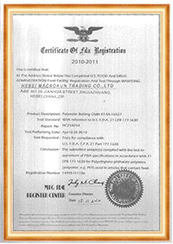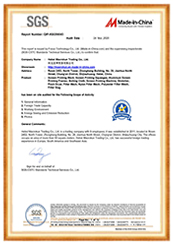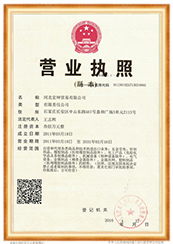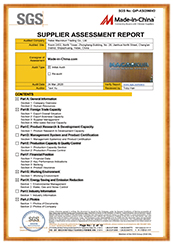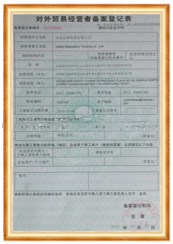As the cannabis industry continues to grow, so does the demand for high-quality extracts. Among the various extraction methods available, rosin pressing has gained significant popularity due to its solventless nature, simplicity, and ability to produce pure concentrates. However, the success of rosin pressing largely depends on choosing the right micron size when filtering your flower. In this guide, we’ll explore the best micron for pressing flower, why it matters, and how to optimize your extraction process.
Understanding Micron Sizes in Rosin Pressing
Before diving into the specifics, it’s essential to understand what a micron is. A micron (µm) is a unit of measurement used to describe the size of particles and materials. In the context of rosin pressing, micron sizes refer to the openings in filter bags or screens used during extraction. The size of these openings dictates what can pass through during the pressing process, ultimately influencing the quality and yield of the final product.
The Importance of Choosing the Right Micron Size
Selecting the appropriate micron size is crucial for achieving the desired balance between yield and quality in your rosin extraction. Here’s how different micron sizes can affect the pressing process:
- Yield vs. Purity: Smaller micron sizes (e.g., 25-90 microns) typically produce a purer extract by filtering out more impurities, but they may also result in lower yields. In contrast, larger micron sizes (e.g., 120-220 microns) can yield more product but may allow more plant material and impurities to pass through, potentially compromising the quality of the rosin.
- Texture and Consistency: The micron size also affects the texture and consistency of the final product. Finer micron sizes tend to produce smoother, more refined concentrates, while larger sizes may yield a chunkier or oilier texture due to the presence of more plant material.
The Best Micron Sizes for Pressing Flower
When it comes to pressing flower, different micron sizes have unique applications based on the type of flower and desired outcome. Here’s a breakdown of the most commonly used micron sizes for pressing flower:
1. 70 Micron Bags
70 micron bags are often considered the sweet spot for flower pressing. They effectively balance yield and purity, allowing for a decent extraction of cannabinoids and terpenes while filtering out much of the unwanted plant material. This micron size is particularly popular among extractors who want a high-quality product without sacrificing too much yield.
2. 90 Micron Bags
90 micron bags are another excellent option for pressing flower. They are slightly larger than 70 microns and can yield a bit more product while still maintaining a good level of purity. This size works well for slightly less dense flower materials, allowing for optimal extraction of essential oils and cannabinoids.
3. 120 Micron Bags
If you are working with denser flower strains, 120 micron bags can be a good choice. While they may allow some impurities to pass through, they also maximize yield, making them suitable for extractors who prioritize volume. However, using 120-micron bags may require additional filtration or refining steps later in the process to achieve a cleaner end product.
4. 160 Micron Bags
For those looking to press large quantities of flower or dealing with less desirable strains, 160 micron bags are ideal. They allow for a high yield but will result in a product that may have more plant material and waxes, which could affect the taste and overall quality. These bags are often used as part of a multi-bag system, where the first press captures the bulk of the extract, and subsequent presses utilize finer micron bags for refinement.
Factors to Consider When Choosing Micron Sizes
When determining the best micron size for pressing flower, several factors should be taken into account:
- Quality of Flower: The quality and moisture content of the flower can greatly influence the extraction process. Fresh, high-quality flower will produce better results with smaller micron sizes, while older or drier flower may require larger micron bags.
- Desired Outcome: Consider what you want to achieve with your rosin. Are you focused on maximizing yield, or is purity your top priority? Your goals will guide your choice of micron size.
- Pressing Method: The type of rosin press you use can also impact the efficacy of different micron sizes. Make sure your press is suitable for the micron bags you choose, as some presses may require specific bag sizes for optimal results.
- Experimentation: Don’t be afraid to experiment with different micron sizes to find what works best for your specific strains and preferences. Every grower or extractor may have unique preferences based on their process and desired results.
Conclusion: Finding the Best Micron for Pressing Flower
In conclusion, the best micron for pressing flower will vary depending on your specific needs and objectives. Generally, 70 to 90 micron bags are favored for their ability to produce a high-quality extract while balancing yield and purity. However, experimenting with different micron sizes can help you find the optimal setup for your unique pressing process.
Investing in high-quality rosin bags and understanding their implications will significantly improve your extraction results. Whether you’re an experienced extractor or just starting, knowing the best micron sizes for pressing flower will set you on the path to creating exceptional rosin that showcases the unique qualities of your chosen strains.
With this knowledge, you can confidently choose the right micron size, ensuring a successful rosin pressing experience that maximizes both yield and quality. So, gather your materials, select your micron bags, and get ready to elevate your rosin production to new heights!

